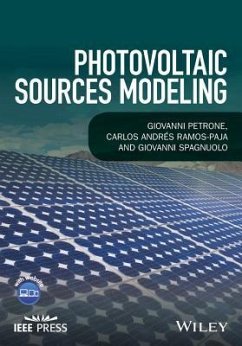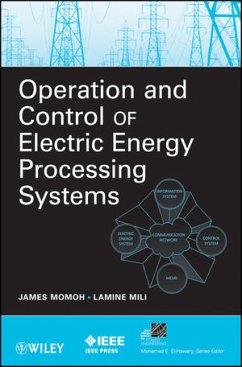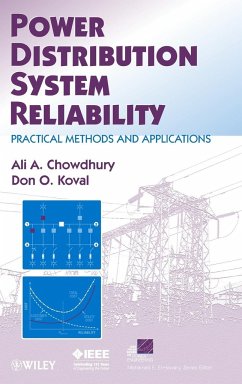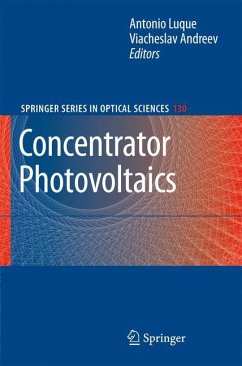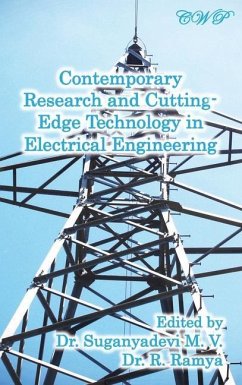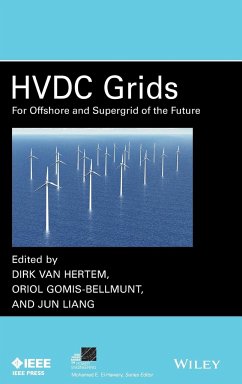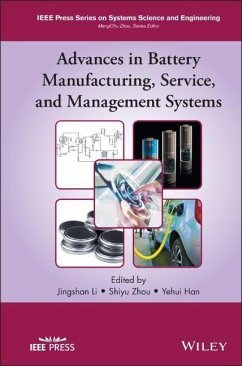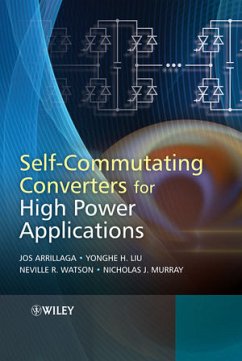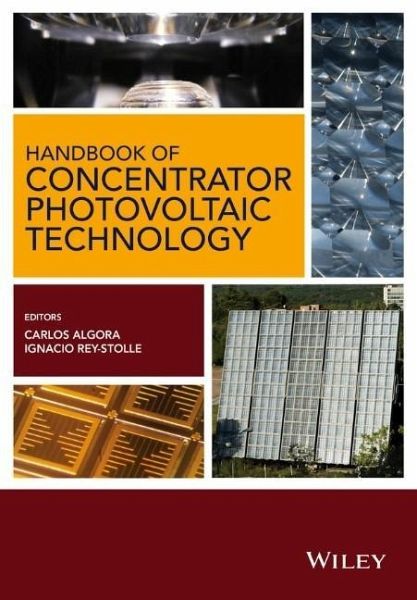
Handbook of Concentrator Photovoltaic Technology
Versandkostenfrei!
Versandfertig in über 4 Wochen
150,99 €
inkl. MwSt.
Weitere Ausgaben:

PAYBACK Punkte
75 °P sammeln!
Concentrator Photovoltaics (CPV) is one of the most promising technologies to produce solar electricity at competitive prices. High performing CPV systems with efficiencies well over 30% and multi-megawatt CPV plants are now a reality. As a result of these achievements, the global CPV market is expected to grow dramatically over the next few years reaching cumulative installed capacity of 12.5 GW by 2020. In this context, both new and consolidated players are moving fast to gain a strategic advantage in this emerging market. Written with clear, brief and self-contained technical explanations, ...
Concentrator Photovoltaics (CPV) is one of the most promising technologies to produce solar electricity at competitive prices. High performing CPV systems with efficiencies well over 30% and multi-megawatt CPV plants are now a reality. As a result of these achievements, the global CPV market is expected to grow dramatically over the next few years reaching cumulative installed capacity of 12.5 GW by 2020. In this context, both new and consolidated players are moving fast to gain a strategic advantage in this emerging market. Written with clear, brief and self-contained technical explanations, Handbook of Concentrator Photovoltaic Technology provides a complete overview of CPV covering: the fundamentals of solar radiation, solar cells, concentrator optics, modules and trackers; all aspects of characterization and reliability; case studies based on the description of actual systems and plants in the field; environmental impact, market potential and cost analysis. CPV technology is at a key point of expansion. This timely handbook aims to provide a comprehensive assessment of all CPV scientific, technological and engineering background with a view to equipping engineers and industry professionals with all of the vital information they need to help them sustain the impetus of this encouraging technology. Key features: * Uniquely combines an explanation of the fundamentals of CPV systems and components with an overview of the market place and their real-life applications. * Each chapter is written by well-known industry specialists with extensive expertise in each particular field of CPV technology. * Reviews the basic concepts of multi-junction solar cells and new concepts for CPV cells, highlighting the key differences between them. * Demonstrates the state of the art of several CPV centres and companies. * Facilitates future cost calculation models for CPV. * Features extensive case studies in each chapter, including coverage of CPV modules and systems.




